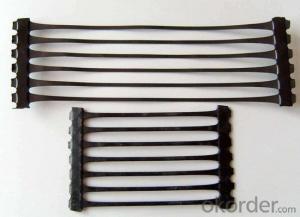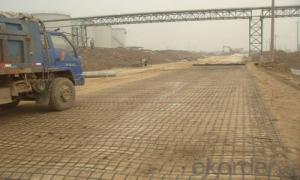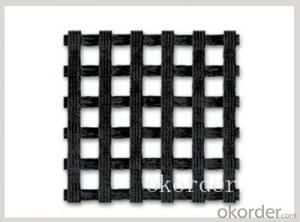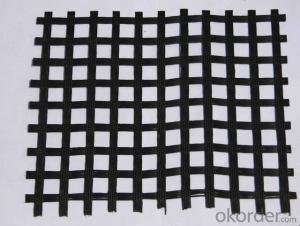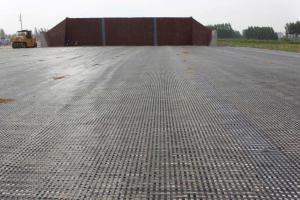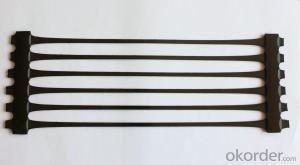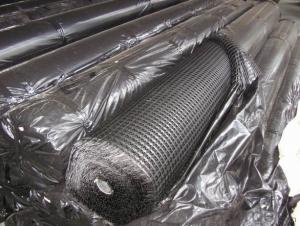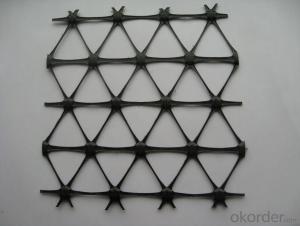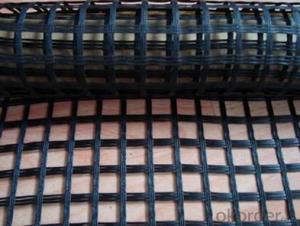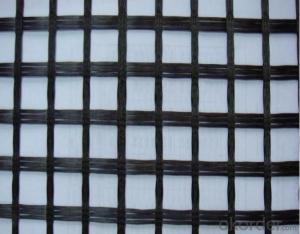All Categories
- - Steel Wire Rod
- - Steel Coils
- - Steel Profiles
- - Steel Pipes
- - Stainless Steel
- - Tinplate
- - Special Steel
- - Steel Sheets
- - Steel Rebars
- - Steel Strips
- - Hot Rolled Steel
- - Cold Rolled Steel
- - Pre-painted Steel
- - Seamless Steel Pipe
- - Welded Steel Pipe
- - Hollow Steel Tubes
- - Galvanized Pipe
- - Stainless Steel Coil
- - Stainless Steel Sheet
- - Stainless Steel Plate
- - Stainless Steel Strips
- - Electrolytic Tinplate Coil
- - Electrolytic Tinplate Sheet
- - Stainless Steel Rebars
- - Solar Panels
- - Solar Water Heater
- - Solar Related Products
- - Solar Inverter
- - Solar Cells
- - Solar Light
- - Solar Energy Systems
- - Solar Controllers
- - Solar Mounting System
- - Solar Pump
- - Solar Chargers
- - Fiberglass Chopped Strand
- - Fiberglass Mesh Cloth
- - Composite Pipes
- - FRP Pultrusion Profiles
- - Fiberglass Mat Tissue
- - Fiberglass Fabrics
- - Fiberglass Mesh
- - Composite Tank
- - Fiberglass Mesh tape
- - Polymer
- - FRP Roofing Panel
- - Fiberglass Roving
- - Monolithic Refractories
- - Ceramic Fiber Products
- - Refractory Bricks
- - Raw Materials For Refractory
- - Suspended Platform
- - Cranes
- - Concrete Machinery
- - Earthmoving Machinery
- - Building Hoist
- - Road Building Machinery
- - Plastic Pipe Fittings
- - Plastic Tubes
- - Plastic Sheets
- - Agricultural Plastic Products
- - Plastic Nets
 All Categories
All Categories
Q & A
How do geogrids impact the design of vegetated slopes and bioengineering projects for ecological restoration and erosion control?
Geogrids play a crucial role in the design of vegetated slopes and bioengineering projects for ecological restoration and erosion control. These synthetic materials provide reinforcement to the soil, increasing its stability and preventing erosion. By effectively distributing loads and reducing soil movement, geogrids enhance the structural integrity of vegetated slopes and bioengineering projects. They also promote root development and vegetation growth, further enhancing ecological restoration efforts. Overall, geogrids significantly contribute to the success and long-term sustainability of these projects by improving slope stability, erosion control, and ecological restoration outcomes.
How do geogrids influence the design of geosynthetic-reinforced slopes?
Geogrids play a crucial role in the design of geosynthetic-reinforced slopes by enhancing the stability and strength of the slope. These grid-like structures are embedded within the soil to provide reinforcement and prevent soil movement. Geogrids distribute and transfer the applied load to a larger area, reducing stress concentrations and potential failure points. They increase the overall bearing capacity of the slope and help withstand external forces such as wind, water, or seismic activity. Geogrids also improve the long-term performance of the slope by minimizing soil erosion and maintaining the integrity of the structure.
What are the design considerations for geogrid-reinforced slopes?
Some design considerations for geogrid-reinforced slopes include determining the appropriate type and strength of geogrid, evaluating the stability and potential failure modes of the slope, considering the soil properties and slope geometry, assessing the potential for erosion and drainage issues, and ensuring compatibility between the geogrid and other materials used in the construction process. Additionally, proper installation techniques and monitoring systems should be considered to ensure long-term performance and safety of the reinforced slope.
How are geogrids used in civil engineering projects?
Geogrids are used in civil engineering projects to reinforce and stabilize the soil. They are typically made of high-strength polymer materials and are installed in the ground to provide additional strength and stability to the soil, reducing the risk of soil erosion, ground settlement, and slope failures. Geogrids are commonly used in retaining walls, road construction, embankments, and landfills to enhance the overall stability and durability of the structures.
Wholesale Geogrids from supplier in Burundi
Whether you are in need of Geogrids for road construction, soil stabilization, erosion control, or any other application, we have the right solution for you. Our Geogrids are manufactured using high-quality materials and advanced technology, ensuring durability and performance.
In addition to supplying Geogrids, we also offer sales and quoting services to help you find the best products at competitive prices. Our team of experts is available to provide technical support and assistance, ensuring that you have all the information and guidance you need to make informed decisions.
Being a subsidiary platform of CNBM, a Fortune Global 500 company, we have the resources and capabilities to handle all aspects of Geogrids procurement in Burundi. We prioritize customer satisfaction and aim to provide a seamless experience from start to finish.
With our years of experience and market development in Burundi, we understand the unique challenges and requirements of projects in the region. We can offer invaluable expertise and recommendations to optimize your project outcomes and ensure its success.
Trust us to be your reliable partner for all your Geogrids needs in Burundi. Contact us today to discuss your requirements and let us provide you with the best solutions and services.
In addition to supplying Geogrids, we also offer sales and quoting services to help you find the best products at competitive prices. Our team of experts is available to provide technical support and assistance, ensuring that you have all the information and guidance you need to make informed decisions.
Being a subsidiary platform of CNBM, a Fortune Global 500 company, we have the resources and capabilities to handle all aspects of Geogrids procurement in Burundi. We prioritize customer satisfaction and aim to provide a seamless experience from start to finish.
With our years of experience and market development in Burundi, we understand the unique challenges and requirements of projects in the region. We can offer invaluable expertise and recommendations to optimize your project outcomes and ensure its success.
Trust us to be your reliable partner for all your Geogrids needs in Burundi. Contact us today to discuss your requirements and let us provide you with the best solutions and services.
